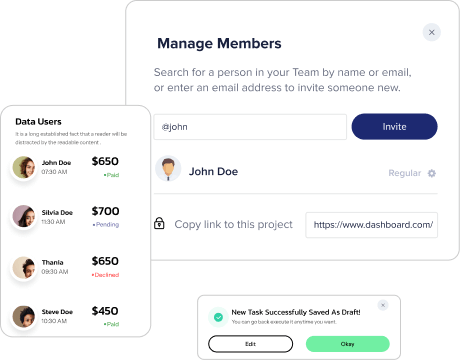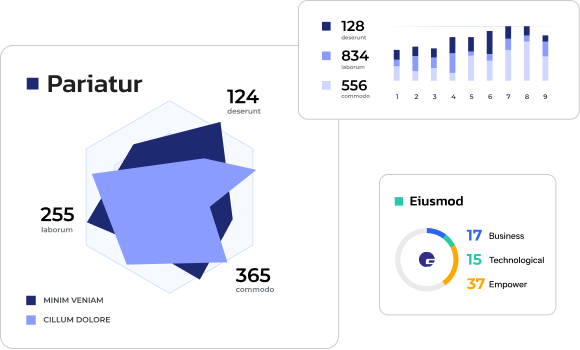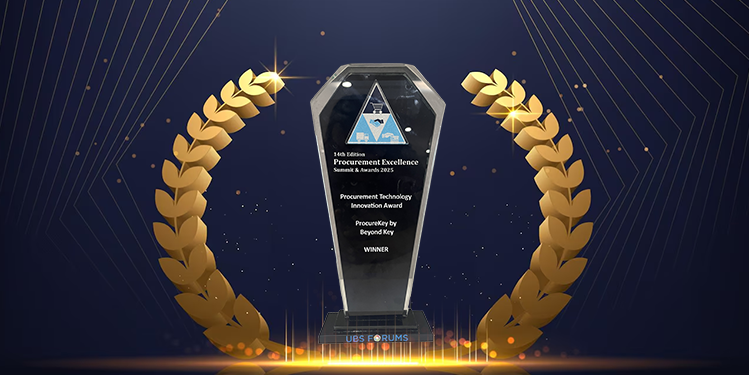Category
Strategic SourcingDate Posted
July 22, 2025- Can your team act quickly?
- Can you launch, evaluate, and award a bid within days not weeks?
- Can you adapt your process without filing an IT ticket?
- Can you pivot suppliers mid-cycle when market conditions change?
The Problem With Process-First Thinking
Traditional sourcing tools especially ERP-based modules are built for control and standardization. They assume the process is fixed, and the world will fall in line.
But real-world sourcing doesn’t work like that.
Urgent spot buys. Last-minute stakeholder changes. Compliance requirements that shift overnight. New suppliers that need to be onboarded quickly for critical parts.
Trying to navigate all that using rigid workflows, locked templates, and disconnected Excel sheets? That’s not just frustrating; it’s risky.
We’ve seen teams delay sourcing events by weeks because they couldn’t modify a workflow or involve new evaluators without technical support.
In an environment where speed is strategy, that’s a major problem.
What Agile Sourcing Looks Like
Agile sourcing isn’t about abandoning structure, it’s about building systems that can flex when needed, without losing control.
Here’s what we’ve seen high-performing teams do differently:
- Launch sourcing events within hours, not days
- Tailor workflows to match the complexity of each purchase not force-fit everything into the same mold
- Invite evaluators and stakeholders mid-process without breaking governance
- Switch evaluation criteria or add new suppliers without triggering rework
- Make faster decisions using real-time data and supplier scoring dashboards
Urgent spot buys. Last-minute stakeholder changes. Compliance requirements that shift overnight. New suppliers that need to be onboarded quickly for critical parts.
This kind of agility doesn’t just make procurement faster it makes it more aligned with business needs.
Why Legacy Tools Can’t Keep Up
Most legacy sourcing tools especially ERP modules are designed around the assumption that workflows are static and users are technical.
They lack:
- Role-based flexibility for cross-functional input
- Modular workflows for complex or exception-based sourcing
- Self-serve controls to update templates, criteria, or logic
- Fast supplier onboarding and communication tools
- Real-time visibility into event status and bottlenecks
As a result, procurement becomes dependent on IT, email chains, and workaround documents, all of which introduce delays and risks.
- Can your team act quickly?
- Can you launch, evaluate, and award a bid within days not weeks?
- Can you adapt your process without filing an IT ticket?
- Can you pivot suppliers mid-cycle when market conditions change?
The Problem With Process-First Thinking
Traditional sourcing tools especially ERP-based modules are built for control and standardization. They assume the process is fixed, and the world will fall in line.
But real-world sourcing doesn’t work like that.
Urgent spot buys. Last-minute stakeholder changes. Compliance requirements that shift overnight. New suppliers that need to be onboarded quickly for critical parts.
Trying to navigate all that using rigid workflows, locked templates, and disconnected Excel sheets? That’s not just frustrating; it’s risky.
We’ve seen teams delay sourcing events by weeks because they couldn’t modify a workflow or involve new evaluators without technical support.
In an environment where speed is strategy, that’s a major problem.
What Agile Sourcing Looks Like
Agile sourcing isn’t about abandoning structure, it’s about building systems that can flex when needed, without losing control.
Here’s what we’ve seen high-performing teams do differently:
- Launch sourcing events within hours, not days
- Tailor workflows to match the complexity of each purchase not force-fit everything into the same mold
- Invite evaluators and stakeholders mid-process without breaking governance
- Switch evaluation criteria or add new suppliers without triggering rework
- Make faster decisions using real-time data and supplier scoring dashboards
Urgent spot buys. Last-minute stakeholder changes. Compliance requirements that shift overnight. New suppliers that need to be onboarded quickly for critical parts.
This kind of agility doesn’t just make procurement faster it makes it more aligned with business needs.
Why Legacy Tools Can’t Keep Up
Most legacy sourcing tools especially ERP modules are designed around the assumption that workflows are static and users are technical.
They lack:
- Role-based flexibility for cross-functional input
- Modular workflows for complex or exception-based sourcing
- Self-serve controls to update templates, criteria, or logic
- Fast supplier onboarding and communication tools
- Real-time visibility into event status and bottlenecks
As a result, procurement becomes dependent on IT, email chains, and workaround documents, all of which introduce delays and risks.
Agility = Competitive Advantage
- Time-to-market
- Revenue continuity
- Operational resilience
- Better value for money
It’s not just a functional metric, it’s a competitive differentiator.
And just like speed became the north star for logistics, agility is becoming the defining KPI for strategic sourcing
What We’re Building at ProcureKey
At ProcureKey, we’re designing for this exact reality.
A sourcing platform that gives teams the freedom to move fast, without compromising control, compliance, or collaboration.
Workflows are modular. Templates are configurable. Stakeholders can be looped in or out at any stage. Supplier data is centralized and searchable. And the UI is designed so teams can work without waiting on IT.
Because when sourcing teams are agile, the business moves faster with less friction and more confidence.
Rethinking What Success Looks Like in Sourcing
Traditional metrics like savings and compliance still matter. But they’re no longer enough.
The teams that thrive in today’s environment are the ones who can adapt quickly, confidently, and with minimal friction. That requires a new mindset, and a new class of tools built to match it.
As sourcing continues to move from transactional to strategic, agility won’t just be an advantage, it’ll be the baseline.
Now is the time to evaluate:
Is your sourcing setup helping you move fast or holding you back?
If it’s the latter, the answer isn’t more control. It’s smarter flexibility. And that’s what the next generation of sourcing platforms is here to deliver.
About Author Abhinav Khare
Unleash Growth with Ingenious
- Nulla facilisi nullam
- Diam sit amet nisl suscipit
- Felis imperdiet proin





What You Will Do :
- Etiam tempor eros eget volutpat lobortis feugiat nulla.
- Aenean ullamcorper odio non leo tincidunt, consectetur.
- Phasellus facilisis erat et purus porttitor, turpis aliquet.
- Aliquam cursus felis non sagittis faucibus.
- Etiam convallis leo vitae rutrum vulputate.
- Suspendisse tempor enim fringilla velit blandit vehicula.



